
SDSS-V is an all-sky, multi-epoch spectroscopic survey that will yield optical and IR spectra of over 6 million objects during its seven year lifetime (2020-2027). Using SDSS’s existing and anticipated new facilities at Apache Point and Las Campanas Observatories, SDSS-V will survey the entire sky — mapping the Milky Way using rapid, repeated observations, mapping Local Volume galaxies using wide-angle integral field spectroscopy, and mapping black holes using time domain spectroscopy of quasars and bright X-ray sources.
Instead of SDSS’s classic plugplate system, SDSS-V uses a new, custom-built robotic positioning system to allow for rapid configuration of fibers. These fibers lead to the existing APOGEE and BOSS spectrographs, enabling simultaneous IR and optical observations. In addition, new wide-field integral-field units are being deployed to observe the stars and interstellar medium in the Milky Way, Magellanic Clouds, and local galaxies at unprecedented spatial resolution.
SDSS-V is carried out in both hemispheres, at Apache Point Observatory (APO) in the USA and Las Campanas Observatory (LCO) in Chile. Multi-object fiber spectroscopy is being obtained with two 2.5m telescopes, each feeding a near-infrared APOGEE spectrograph and an optical BOSS spectrograph, for the Milky Way Mapper and Black Hole Mapper programs. The Local Volume Mapper will make use of smaller telescopes to perform its optical integral-field spectroscopy.
SDSS-V
SDSS-V comprises three key programs, called Mappers:
The Milky Way Mapper (MWM) will target 4-5 million stars across the Milky Way, collecting infrared spectra with an APOGEE spectrograph and/or optical spectra with a BOSS spectrograph. The MWM seeks to understand the evolution of the Milky Way, the physics of its stars and interstellar medium, and the architecture of multiple-star and planetary systems.
The Local Volume Mapper (LVM) will observe the interstellar medium and stellar populations in the Milky Way and several local galaxies, collecting more than 25 million contiguous spectra over 2,500 square degrees on the sky. The LVM will use new integral-field spectrographs to explore the physics of star formation and the interactions between stars and the interstellar medium.
The Black Hole Mapper (BHM) will target over 400,000 sources, primarily black holes, with a BOSS optical spectrograph. Many of these will be observed numerous times, with the goal of measuring black hole masses, probing black hole growth across cosmic time, and characterizing the X-ray sky.
Click on the links below for more details about each mapper.
Milky Way Mapper
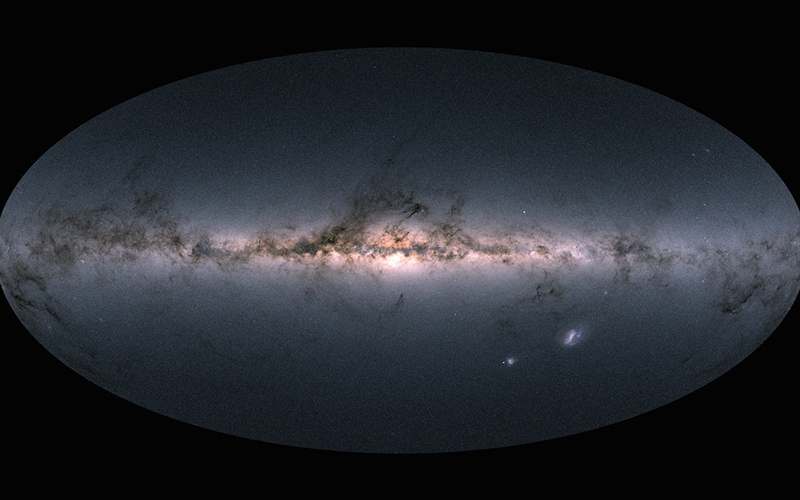
A time-domain, optical+IR spectroscopic survey of Milky Way stars of all types.
Program Head
Andrew Tkachenko
(KU Leuven)
Local Volume Mapper
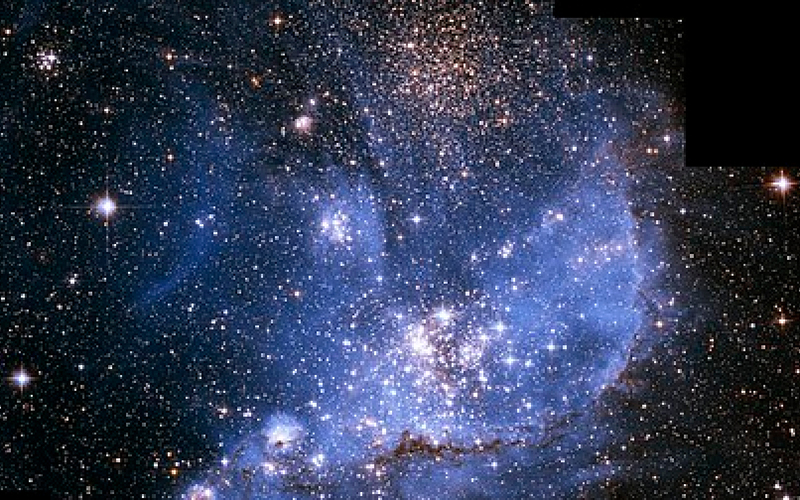
An optical, integral-field spectroscopic survey of the Milky Way and its neighbors.
Program Head
Niv Drory
(University of Texas at Austin)
Black Hole Mapper
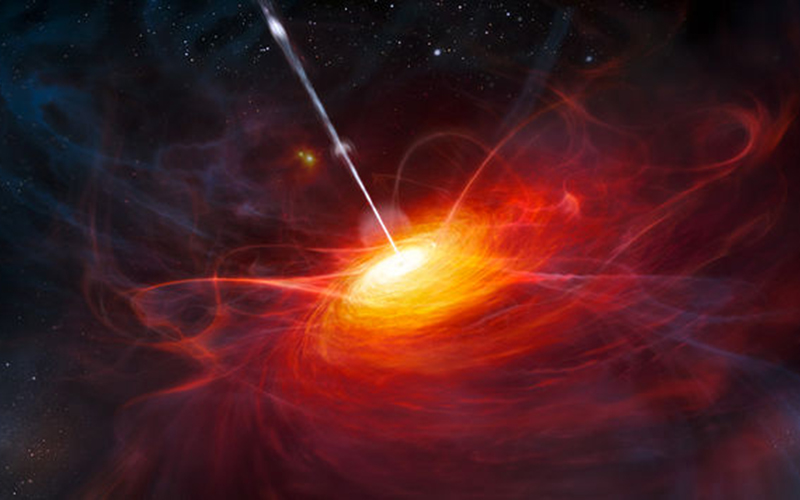
An optical time-domain spectroscopic survey of quasars and X-ray sources.
Program Head
Scott Anderson
(University of Washington)
SDSS-IV: Prior Surveys (2014-2020)
SDSS-IV (2014-2020) extended precision cosmological measurements to a critical early phase of cosmic history (eBOSS), expanded its revolutionary infrared spectroscopic survey of the Galaxy in the northern and southern hemispheres (APOGEE-2), and for the first time, used the Sloan spectrographs to make spatially resolved maps of individual galaxies (MaNGA). Two smaller surveys were executed as subprograms of eBOSS: the Time Domain Spectroscopic Survey (TDSS) was the first large-scale, systematic spectroscopic survey of variable sources; while the SPectroscopic IDentification of EROSITA Sources (SPIDERS) provided a unique census of supermassive black-holes and large scale structure growth, targeting X-ray sources from ROSAT, XMM and eROSITA. Finally, the MaNGA stellar library (MaStar) delivered an optical stellar library covering a wide range of stellar parameters.
APOGEE-2
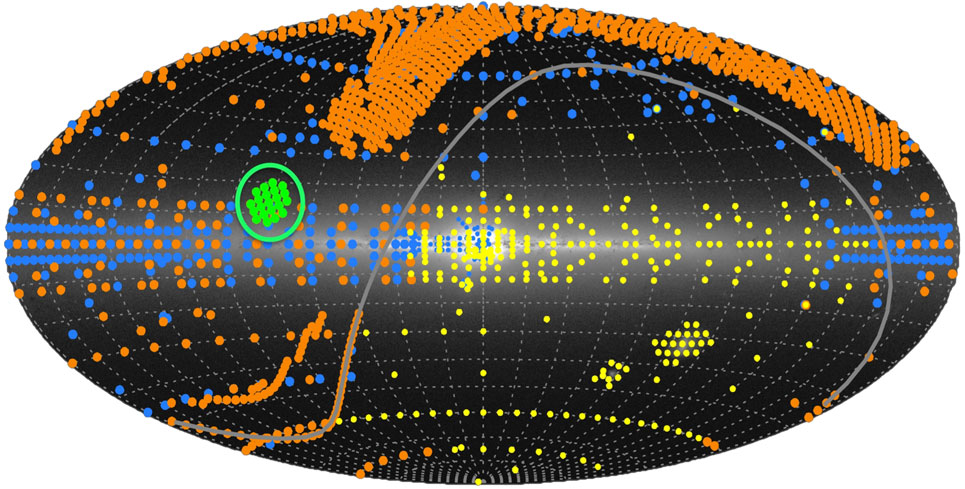
A stellar spectroscopic survey of the Milky Way, with two major components: a northern survey using the bright time at APO (APOGEE-2N), and a southern survey using the 2.5m du Pont Telescope at Las Campanas (APOGEE-2S).
eBOSS
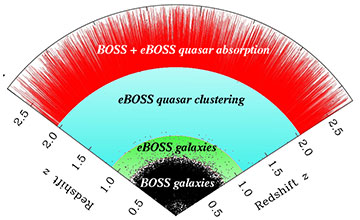
A cosmological survey of quasars and galaxies, also encompassing subprograms to survey variable objects (TDSS) and X-Ray sources (SPIDERS).
MaNGA
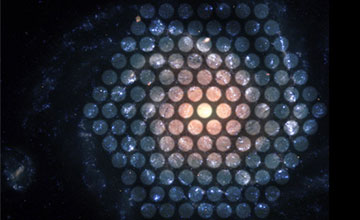
The galaxy survey for people who love galaxies! MaNGA explored the detailed internal structure of nearly 10,000 nearby galaxies using spatially resolved spectroscopy. Subprogram MaStar provided an optical stellar library covering thousands of stars with a wide range of parameters.
SDSS-III: PRIOR SURVEYS (2008-2014)
SDSS-III (2008-2014) undertook a major upgrade of the venerable SDSS spectrographs and added two powerful new instruments to execute an interweaved set of four surveys, mapping the clustering of galaxies and intergalactic gas in the distant universe (BOSS), the dynamics and chemical evolution of the Milky Way (SEGUE-2 and APOGEE), and the population of extra-solar giant planets (MARVELS). You can still visit the old SDSS3 Website, but it is no longer updated.
APOGEE

The Apache Point Observatory Galactic Evolution Experiment (APOGEE) focused on the structure and evolution of our own Milky Way galaxy using high-resolution infrared spectroscopy.
BOSS

The Baryon Oscillation Spectroscopic Survey (BOSS) focused on mapping the Universe on the largest scales, creating the largest volume three-dimensional map of galaxies to date and measuring the scale of the Universe to one percent.
MARVELS

The Multi-Object APO Radial Velocity Exoplanet Large-area Survey (MARVELS) searched very nearby stars for evidence of “exoplanets” surrounding them.
SEGUE-2
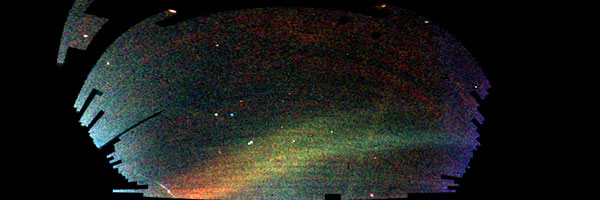
The Sloan Extension for Galactic Understanding and Exploration (SEGUE) focuses on the structure and evolution of our own Milky Way galaxy. The SEGUE-2 survey builds off of the work of SEGUE-1.
SDSS-I/-II: Prior Surveys (2000-2008)
In its first five years of operations, the SDSS carried out deep multi-color imaging over 8000 square degrees and measured spectra of more than 700,000 celestial objects. With an ever-growing collaboration, SDSS-II (2005-2008) completed the original survey goals of imaging half the northern sky and mapping the 3-dimensional clustering of one million galaxies and 100,000 quasars. SDSS-II carried out two additional surveys: the Supernova Survey, which discovered and monitored hundreds of supernovae to measure the expansion history of the universe, and the Sloan Extension for Galactic Understanding and Exploration (SEGUE), which extended SDSS imaging towards the plane of the Galaxy and mapped the motions and composition of more than a quarter million Milky Way stars. The classic SDSS website is still available, but no longer updated.
Legacy

The original SDSS observing plan, which ran from 2000 to 2008, is now known as the SDSS Legacy Survey. It resulted in a uniform, well-calibrated map of the Universe that will be used for decades for scientific studies ranging from asteroids to the large-scale structure of the Universe.
Supernova

The SDSS Supernova Survey, which ran from 2005 to 2008, performed repeat imaging of one stripe of sky along the celestial equator. The project discovered more than 500 type Ia supernovae, which have led to a deeper understanding of the history of the Universe.
SEGUE-1

The primary goal of SEGUE-1 was the kinematic and stellar population study of the high-latitude thick disk and halo of the Milky Way.
